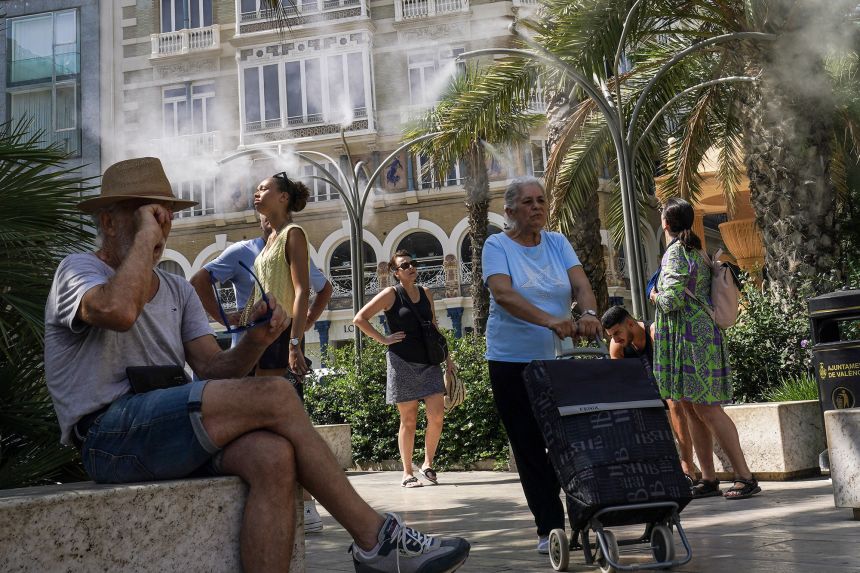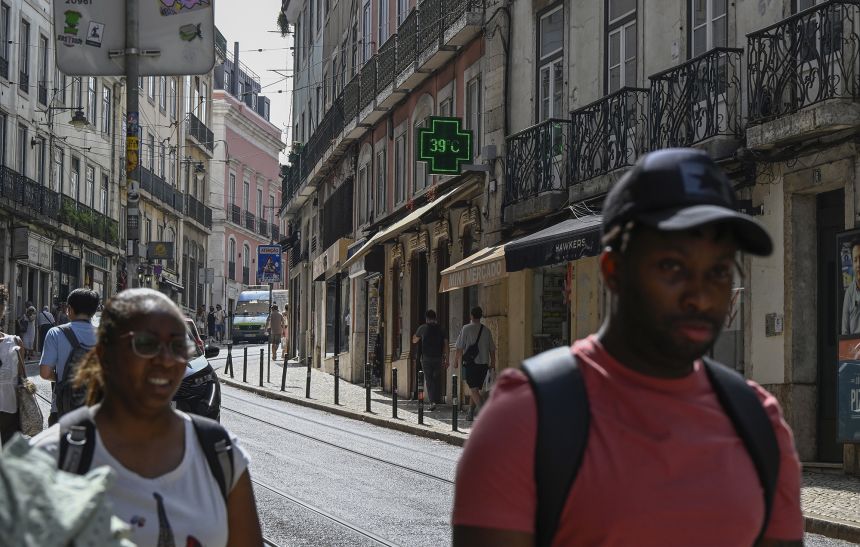CNN
—
A remarkable exchange played out on X on Friday as US Secretary of State Marco Rubio accused the government of key ally Germany of “tyranny in disguise” for designating the far-right Alternative for Germany (AfD) as an extremist entity.
In a post Friday afternoon, the top US diplomat slammed the classification made by Germany’s domestic intelligence agency, which allows it to increase surveillance of the political party. Vice President JD Vance later echoed the rebuke of the move in his own post on the social media platform.
“Germany just gave its spy agency new powers to surveil the opposition,” Rubio wrote on his official State Department X account. “That’s not democracy—it’s tyranny in disguise.”
“What is truly extremist is not the popular AfD—which took second in the recent election—but rather the establishment’s deadly open border immigration policies that the AfD opposes,” he continued.
Rubio, who has been newly tapped as the interim national security adviser, said the US ally “should reverse course.”
In a direct reply on X more than three hours later, the German Foreign Office pushed back.
“This is democracy. This decision is the result of a thorough & independent investigation to protect our Constitution & the rule of law,” the account posted. “It is independent courts that will have the final say.”
“We have learnt from our history that rightwing extremism needs to be stopped,” the foreign office wrote.
Rubio’s post was not the first time a high-level Trump official has spoken out in support of the far-right party, whose leaders have engaged in anti-Semitic, anti-Muslim, and xenophobic rhetoric, including calling for the mass expulsion of immigrants. One of its key politicians, Björn Höcke, was convicted in 2024 after breaking German laws against uttering Nazi slogans in public.

Vance – who met with the leader of the AfD in Munich in February, ahead of German federal elections – also took to X on Friday afternoon to rebuke the move.
“The AfD is the most popular party in Germany, and by far the most representative of East Germany. Now the bureaucrats try to destroy it,” he wrote from his personal X account, quoting the Rubio post.
“The West tore down the Berlin Wall together. And it has been rebuilt—not by the Soviets or the Russians, but by the German establishment,” he wrote in a post that came after the German government’s reply.
In a speech at the Munich Security Conference in February, the US vice president also accused European leaders of turning their back on post-Cold War values and suppressing free speech.
“In Britain and across Europe, free speech, I fear, is in retreat,” he said in remarks that shocked and rankled European officials.
According to the Associated Press, Germany’s domestic intelligence agency said AfD is a threat to the country’s democratic order.
“It aims to exclude certain population groups from equal participation in society, subject them to unconstitutional discrimination, and thus assign them a legally devalued status,” it said. “Specifically, for example, the AfD does not consider German citizens with a migration history from predominantly Muslim countries to be equal members of the German people, as defined ethnically by the party.”
AfD leaders condemned the move, according to the AP.




























